Understanding your dog is so much more than just “training” your dog. Meeting all of your dog’s needs is what matters.
There is so much more to helping our dogs than just training new behaviours to “fix” their “problems”! It is not our dogs that are broken- it is our expectations that need to be adjusted. I know that people look at dog trainers as people that should come into the home and just fix their dogs “problem” but more often than not, there are so many more pieces to the puzzle. Yes we can possibly “fix” that one issue by masking it with a new behaviour we prefer to see instead. But is this actually going to fix the underlying reason of why the behaviour is happening in the first place? So today we are going to help give you a little bit more of an understanding as to the WHY behind behaviour in order to help you to understand your dog better.
Why do we get dogs in the first place? We get them to be a part of the family. We get them to make us happy and to make them happy. So how do we do this? How do we ensure they are happy? Firstly we must realise that they are dogs. They are a different species to us. We get pet dogs and we just expect them to slot into our human world and know what to do and to be ok with it. So as their guardian, their trusted person – it is so important that we learn how to really understand our dogs better. That we learn to listen to our dogs. Know how to meet their essential needs. Set them up for success and make them feel safe and loved in this world.
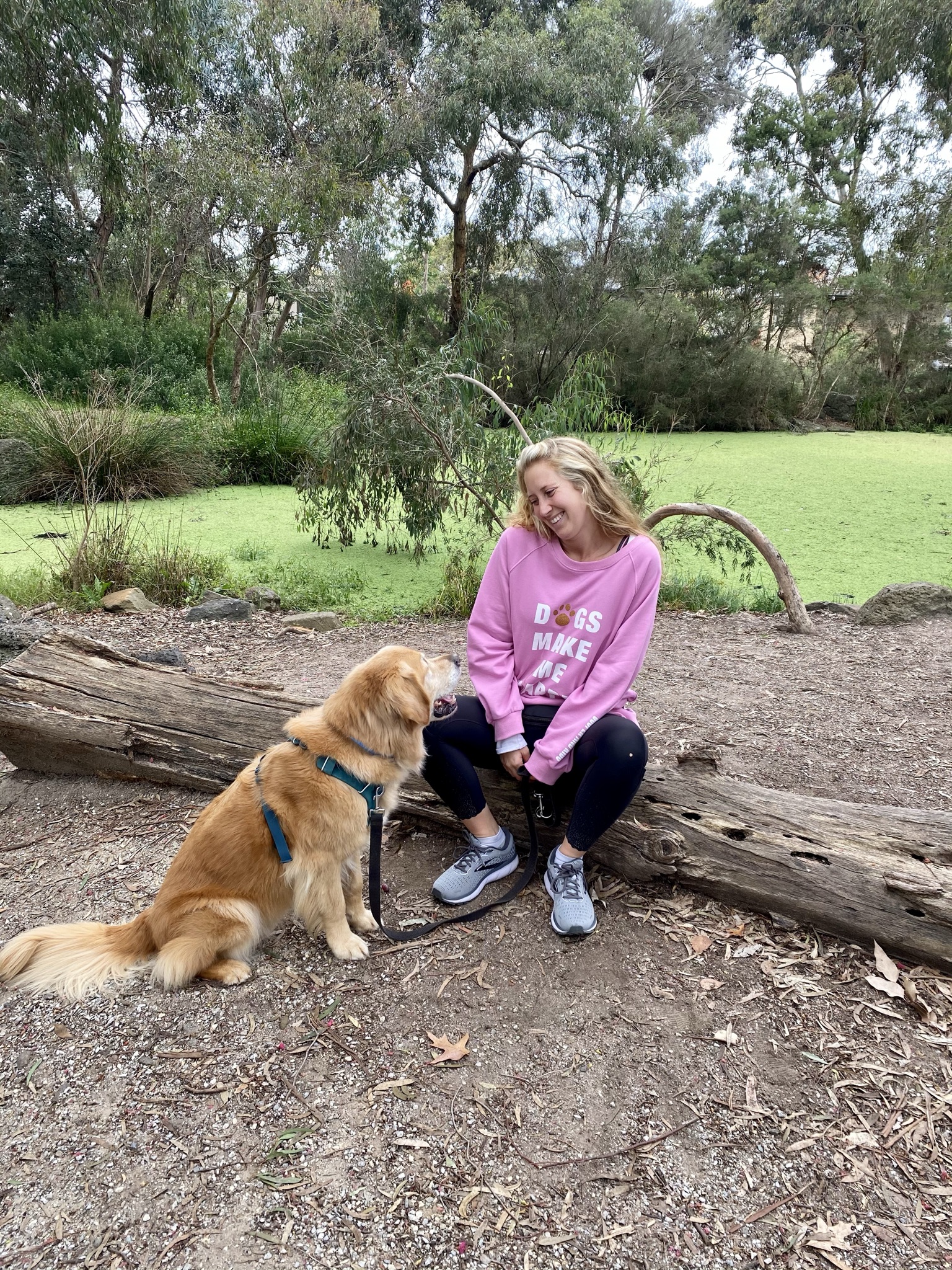
So many of the behaviours that people want “fixed” in their dogs are often very natural behaviours for a dog (digging, mouthing, chewing, barking, etc), we just need to teach them how to have outlets for these natural behaviours that are acceptable in our human world. If we don’t understand the underlying reason of why the “unwanted behaviours” are happening they are likely to resurface later on.
- A dog pulling on the lead for example. Yes, we can train them not to pull on the lead, but have you ever stopped to think, why is your dog pulling in the first place? What is the underlying reason? Are they totally stressed out and overwhelmed by the big wide world? Are they just too excited and don’t know how to control their arousal levels? Have they learnt that pulling gets them to the park faster?
- Same goes with a dog who jumps on visitors at the front door. Yes, we can train the dog to sit instead of jumping or go and station on their mat when the door-bell rings. But why is the dog jumping in the first place? In this situation, more often then not people will mistake what they think is excitement for a dog who is actually struggling to cope, who feels overwhelmed when new people come into the home. So instead of just teaching a sit or a station to mat, how can we actually help them to feel better and less overwhelmed when visitors arrive?
- Then when it comes to the more “aggressive” behaviours such a growling, barking, lunging, snapping, biting…have you ever stopped to think the dog might not be doing to this hurt you or the other dog… they might actually be doing it because they have been trying to express their fear discomfort, pain, in so many other ways, that were missed! That weren’t understood or heard. So now they have escalated because it’s the only way they can be heard. There really is so much to think about isn’t there?!
Kim Brophey developed a revolutionary, comprehensive framework called the L.E.G.S model, a new way of looking at things based on modern science that allows owners to identify what their dog is struggling with, why, and how they can fix it. It explains the four aspects of a dog’s behaviour, whilst most others usually just focus on the Learning aspect, this model looks at the whole picture. After reading the book by the amazing Kim Brophey called Meet Your Dog: The Game-Changing Guide to Understanding Your Dog’s Behaviour and then continuing on to take her course to become a Family Dog Mediator, we just had to share some of the incredible information with you.
What does L.E.G.S stand for?
Learning, Environment, Genetics and Self.
All four incredibly important pieces to the puzzle. “When these four aspects are in balance, they work in harmony, but if not, they can create disruptive, even dangerous, behaviour or lead to the dog being surrendered to a shelter.”1
This is a model that helps both trainers and dog owners to be able to explain the WHY better and give a new understanding of what motivates and affects our dog’s behaviour. Once we understand this model, we will be able to form more understanding, empathetic and realistic views of what is actually going on in the dog and how we can actually help them, rather than just “fix” the one “problem”.
So let me break each one down for you…

LEARNING – your dog’s experience and education1.
No matter what we “teach” our dogs, they are learning all the time. Learning is of course important when looking at our dogs behaviour but it is just one piece of the puzzle. Our dogs are forever learning that their behaviours will result in consequences. The behaviours that get them what they want, are the behaviours that are likely to be repeated. For example, your dog barks at you and looks at his food bowl at 6pm every night, what do you do? You feed him. He learns that the barking is working so he will do it the next night and the next night and so on. Our dogs also learn via association. Every time that toddler crawls towards the dog, you start yelling at the toddler to stop, the dog will learn to associate that toddler with you getting angry and in turn they may become fearful of the toddler approaching. So yes, training dogs is “important” but we must remember that our dogs are always learning!

ENVIRONMENT – the many aspects of your dog’s external world1.
When looking at our dogs and behaviour it is always important to consider their external environment. A Bernese Mountain Dog in a really hot humid climate, or a Border Collie in a tiny boxed in apartment, when you see dogs like these exhibiting “behavioural problems” how about taking a look at their environment. Their external world. Even though we might think we are giving them “the best,” what we picture the best environment might not be ideal to them. I still remember so clearly taking my kids to the zoo a couple of years ago and seeing the one lion in a small enclosure just pacing up and down, up and down. I felt so sad for that poor animal. The environment and lack of enrichment was making the poor thing so incredibly stressed out. So when you have a “behavioural problem” with your dog, have a think about the environment first – is there something in the environment that can be changed to help “fix” or at least help what’s going on?
For example, the dog that barks at the possums at night, we could help to set up the environment to limit the dogs ability to be able to do this. How? If the dog is barking out the window, we could close the blinds so he can’t see out. Or if the dog is outside, we call him inside say “thank you” and ask him to settle. Another example is that dog who loves to steal things out of the bathroom bin – start closing the bathroom door so he can’t get in, or putting the bin up where he can’t get to it – think about how you can help set up the environment so your dog gets it right.
A dog living in a city apartment complex with banging and drilling going on all day is likely to be grumpier than the dog living in a nice big spacious house in the quiet suburbs. Why? Because the environment. The environment is making it impossible for this dog to get proper sleep, to the able to unwind and actually decompress and relax. So yes, the external environment is incredibly important when looking at a dogs overall behaviour and wellbeing. Using enrichment can be a beautiful way to help set up the environment for the better too. Enrichment is ways of making your dog’s days more exciting. Giving them things to do. Helping them to use their brains, their noses and to enjoy life. Think about this, really think about it. Think about their environment. Think about how you can make their environment more enriching, so it actually helps to set your dog up to get it right and to enjoy their days. Here is a link to an article all about enrichment so you can see some real examples and really understand what we mean by this.
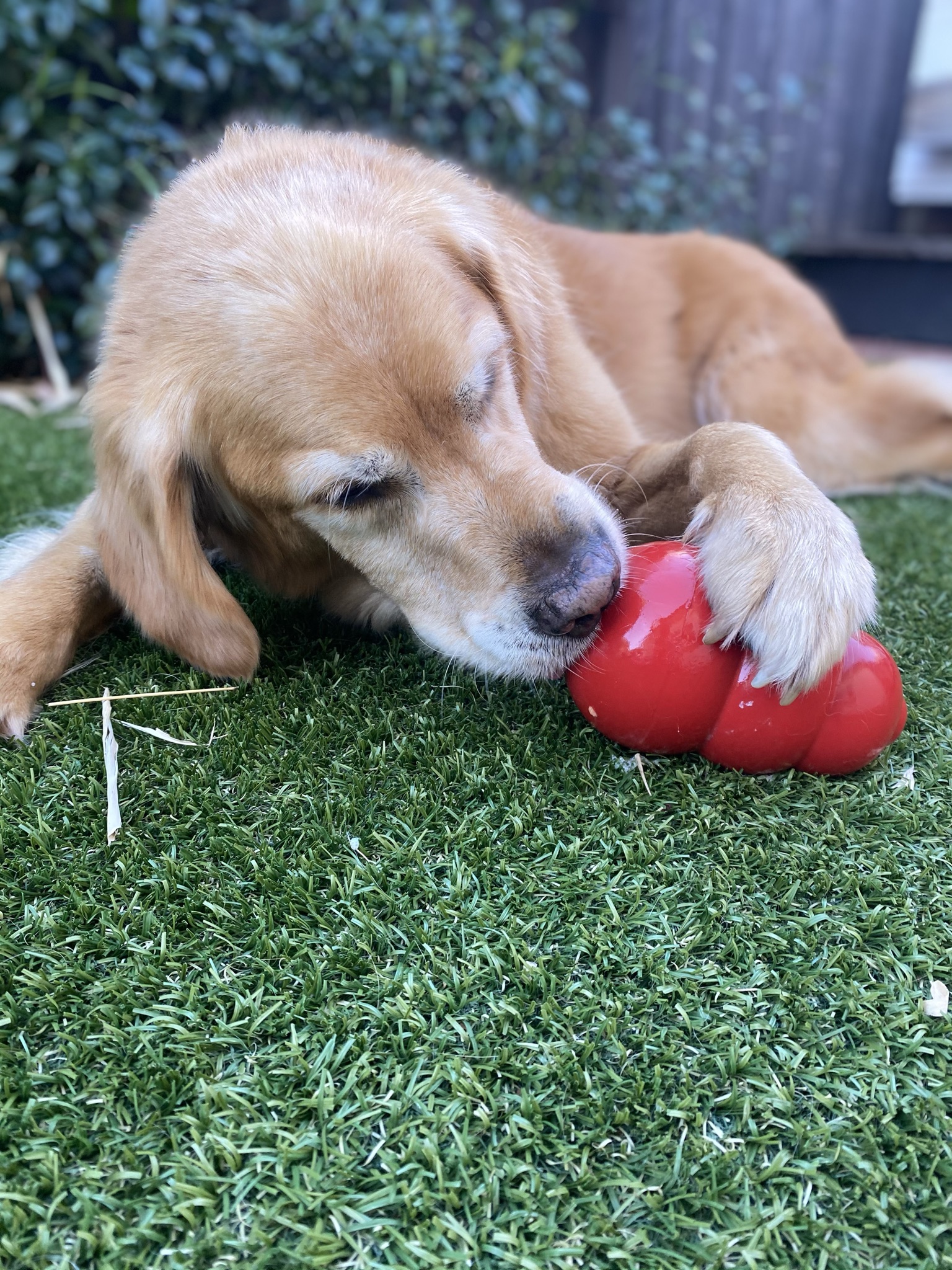
GENETICS – the DNA that designed your dog inside and out1.
Yep that’s right, genetics also play a big part in helping us to understand a dogs behaviour. It is such an important piece of the puzzle. I mean look at dogs, how different is each breed – their size, their shape, their coats, temperaments, personalities, the list goes on. They really are so different. And why is that? Whether we like it or not, for generations and generations different breeds were bred for actual reasons. Specific traits were bred into our dogs to help mankind in so many different ways. It is important to know what kind of job your dog was bred to do. It will help you to understand your dog SO much better.
The ten different groups and a couple of specific breed examples from each are:
- The natural dogs – Siberian husky, Samoyed, Shar-pei
- The sight hounds – Greyhound, Whippet, Irish Wolfhound
- The scent hounds – Basset Hound, Beagle, Bloodhound
- The guardian dogs – Bernese Mountain Dog, Dogue de Bordeux, Great Dane
- The toy dogs – Cavalier King Charles, Toy Poodle, Pug, Maltese, Shih Tzu
- The gun dogs – Golden Retriever, Weimaraner, Labrador, English Cocker Spaniel
- The terriers – Miniature Schnauzer, Airedale Terrier, West Highland Terrier
- The bull dogs – Boxer, Bullmastiff, Bull Terrier, English and American Bulldog
- The herding dogs – Border Collie, Australian Shephard, Blue Heeler, Kelpie
- The world dogs – no specific breeds
In Kim’s book she goes through each of these groups in amazing detail. So many ah ha moments when reading through each one. Once you understand this and understand more about the importance that their DNA, their genetics play in shaping their behaviours, the more understanding you will be of your dog. And the more you will be able to help them and ultimately the better relationship you will have with your dog.
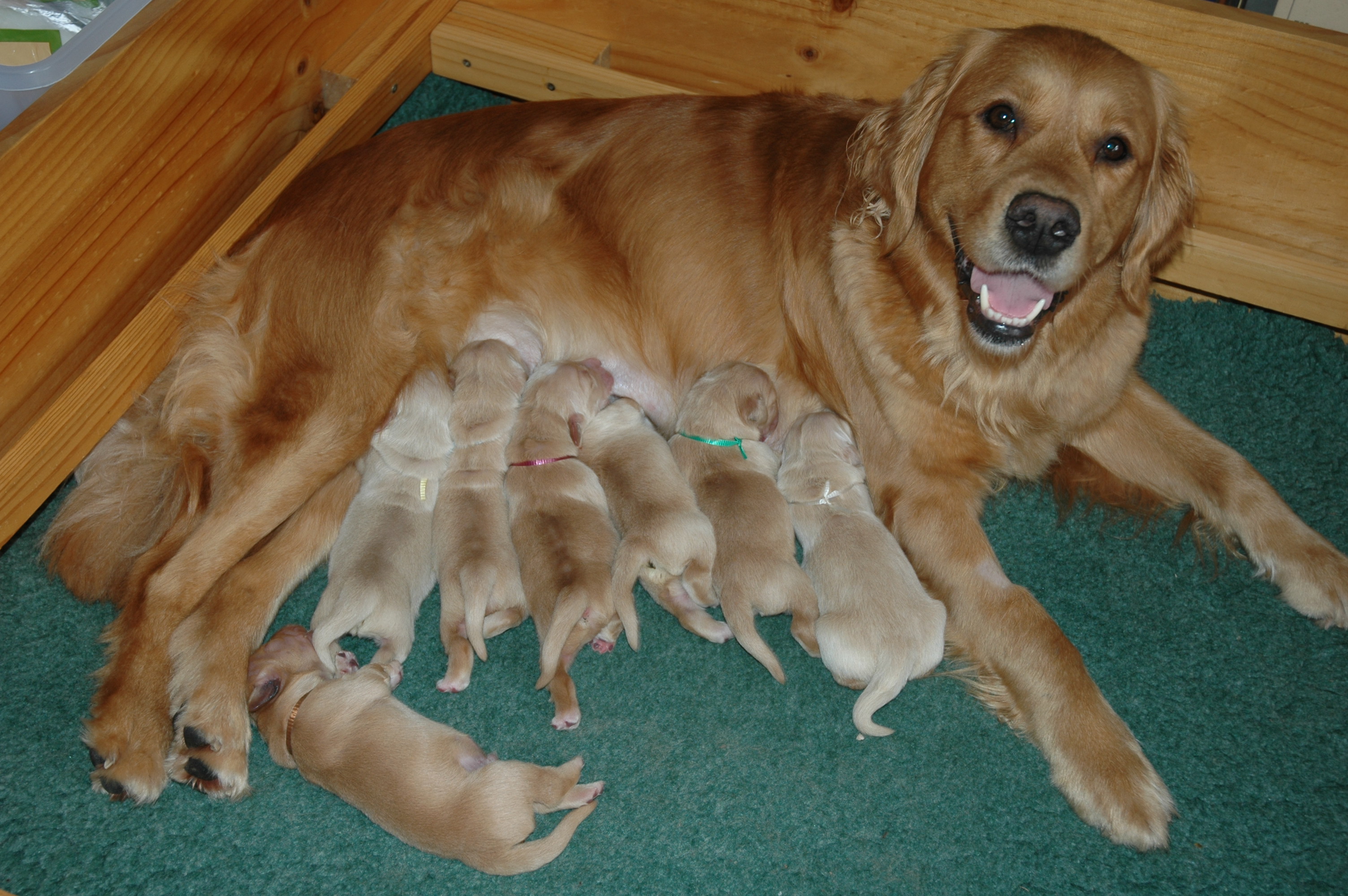
SELF – the unique interior world of your dog: health, development, age, sex, and individuality1.
Have you ever thought to stop and look at the individual in front of you? Let’s try and look at each dog. Each dogs is its own self! So often we talk to multi-dog families and they will often say – I wish dog A was more like dog B. Unfortunately, just like humans – dogs are all different – even if they are from the same litter or even if they live in the same home and had the same upbringing. It’s just like human siblings. When looking at the self, we need to realise that internal factors such as the dogs health, age, nutrition, discomfort, pain, nausea, hormones, energy levels, can in fact play a big part in our dogs behaviour. When looking at behaviour, you also must consider, how are they feeling within themselves? Look at the age of the dog, the health of the dog? Could it be possible that they are slightly losing their hearing or their eye site as they get older? Might they have started developing some arthritis and might have some degree of pain. When in doubt and a behaviour really does change out of the blue, always check in with your vet. Dogs can’t talk to us and tell us when they’re in pain or something is wrong so you must be their biggest advocate.
We must always look at the individual personality of each dog. Learning to read your dog’s body language to me, is one of the most important things in pet dog ownership. Once you understand your dog’s body language, you can help them when they are feeling worried, nervous, anxious and you can see when they are happy so you can start to do more of those things. Each dog will also have its own set of likes and dislikes and through their body language, you will be able to learn this and help them. Each dog will have its own quirks. Plus, just like humans, dogs will have good days and bad days. For those in the dog industry, we need to realise that we can’t come up with the same plan for each dog we work with – because each dog is different, each dog is its own self.
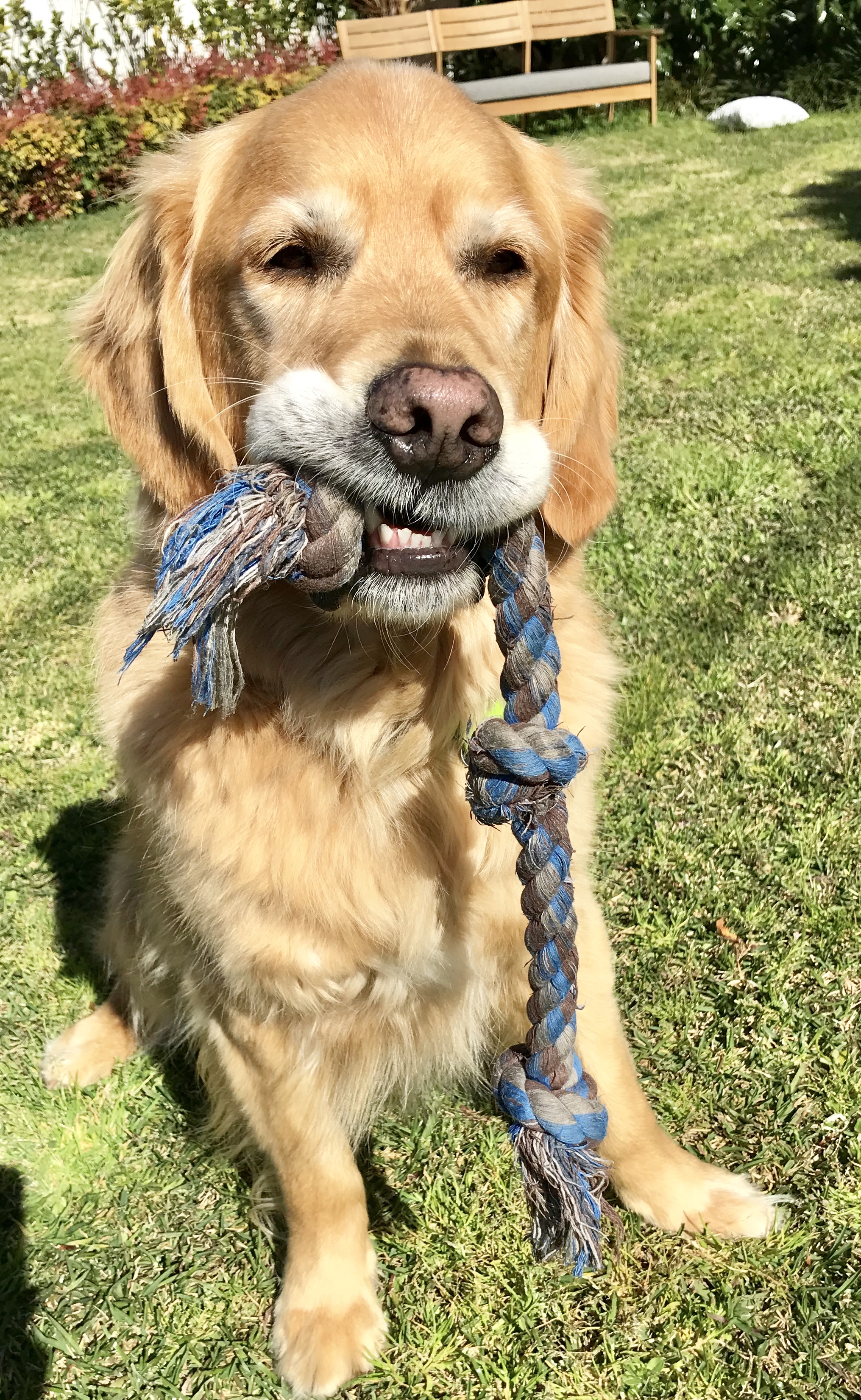
Understanding your dog is so much more than just “training” your dog. Meeting all of your dog’s needs is what matters. As hard as it might be, as dog owners, we need to stop comparing ourselves to others. Seeing a dog down the street and wishing your dog would “behave” like that dog. Just like people, we are all different, for so many reasons, and so are our dogs. The quicker we realise this. The quicker we can help them. The quicker we lower our expectations and make them realistic expectations and stop trying to use “quick” fixes, the quicker we will be able to help them. So let’s start to look at the bigger picture, let’s look at the WHY. Let’s take into consideration all the pieces of the puzzle: Learning, Environment, Genetics and Self. Then let’s help our dogs by being kind, caring and compassionate. Build that trust and respect. And ultimately work to help your dog so you can both living a happy, safe and fun life together.

If you want to learn more, have a read of these articles:
- A Shift To Positive Reinforcement: How My Mistakes As A New Puppy Owner Can Help You And Your Dog!
- Let’s Be Empowered by Positive Reinforcement Training
- Ten Ways to Encourage the Behaviours we want to see in our dogs
- A simple way to manage your dogs undesirable behaviours
- How Dogs Communicate
- Making your dog’s days more exciting through Enrichment. Here’s how…
As always please reach out to me if you have any questions or just want to say hi!
Mel xox
PS. Make sure to head to our SHOP if you haven’t already! Spoil yourself and your dog!!

References:
- Brophey, K. (2018) Meet Your Dog: The Game-Changing Guide to Understanding Your Dog’s Behavior.
Disclaimer: Cooper and Kids will not be liable for anything that happens to you, your dog or children by following the advice and tips in this article. If you have real concerns or worries about your dog and/or safety of your children, please seek out a professional to come and assess the situation asap.
